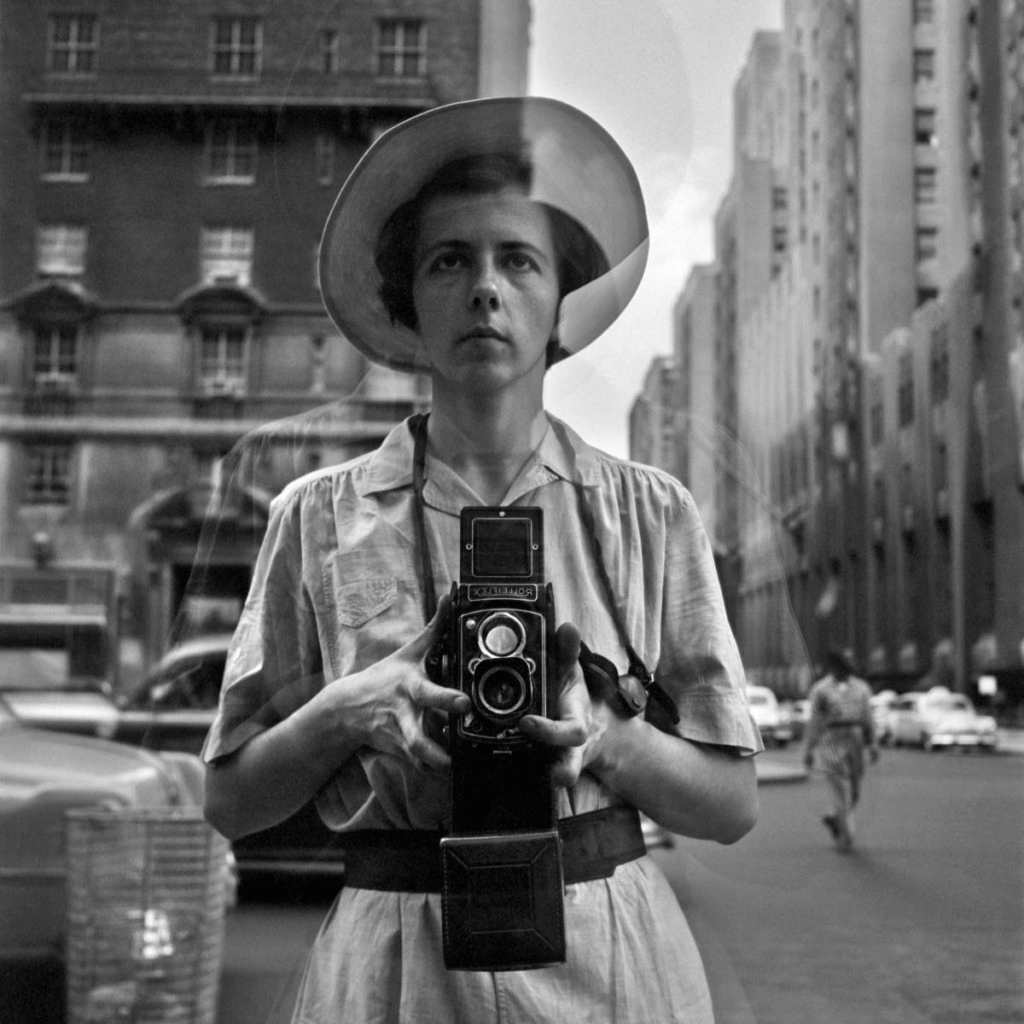Facts About Framing Streets Revealed
Facts About Framing Streets Revealed
Blog Article
Some Known Incorrect Statements About Framing Streets
Table of ContentsWhat Does Framing Streets Do?The Greatest Guide To Framing StreetsGet This Report on Framing StreetsThe Ultimate Guide To Framing Streets

Both at the Gallery of Modern Art (Mo, MA). Influenced by Frank, in the 1960s Garry Winogrand, Lee Friedlander and Joel Meyerowitz began photographing on the roads of New York. Phil Coomes, composing for BBC News in 2013, claimed "For those of us interested in road photography there are a couple of names that stand apart and among those is Garry Winogrand"; movie critic Sean O'Hagan, creating in in 2014, stated "In the 1960s and 70s, he specified street digital photography as a mindset as well as a design and it has laboured in his shadow since, so definitive are his photos of New york city." Returning to the UK in 1965 from the United States where he had satisfied Winogrand and adopted road photography, Tony Ray-Jones transformed a wry eye on frequently unique groups of British individuals on their holidays or joining celebrations.
Street digital photography is a large style that can be defined in lots of means, but it is frequently identified by the spontaneous capturing of an unrepeatable, fleeting moment, usually of the everyday going-ons of complete strangers. It is typically shot with larger angle lenses (e. g. 35mm) and generally features urban atmospheres.
See This Report on Framing Streets
Docudrama professional photographers normally have a defined, premeditated message and an objective to tape specific events in history (https://pxhere.com/en/photographer/4162802). The range of the documentary approach encompasses elements of journalism, art, education, sociology and history. In social investigation, documentary pictures are commonly meant to prompt, or to highlight the requirement for, societal modification
Street photography is typically seen as unposed and candid, but there are a few street photographers who communicate with strangers on the roads and take their pictures. Street pictures are unintended pictures taken of click to investigate complete strangers while out doing street digital photography, however they are viewed as posed due to the fact that there is communication with the subject.
e. 'candid photography' by definition) for art functions has been controversial. Photographing people and areas in public is legal in most nations shielding civil liberty and journalistic flexibility. There are usually restrictions on exactly how photos of individuals may be used and most nations have particular laws pertaining to people's privacy.
10 Simple Techniques For Framing Streets
While the common-law districts follow the United Kingdom, with regard to the freedom to take pictures in a public location, Quebec regulation provides that, in many circumstances, their publication can take location only with the approval of the subjects therein. The European Union's Civil rights Act 1998, which all EU countries have to maintain in their residential regulation, establishes in a right to personal privacy. The right to privacy is secured by Post 8 of the convention. In the context of digital photography, it stands up in arms to the Short article 10 Of flexibility of expression. Courts will usually consider the public interest in balancing the rights through the legal test of symmetry. While additionally restricting digital photography in order to shield personal privacy legal rights, road digital photography can still be legal in France when gone after as an art type under certain circumstances.

. that simply wandered right into a scene), or who are not also well-known in the picture. https://gravatar.com/davidturley33101. It additionally does not normally encompass people that are public numbers (e. g - Street photography hashtags. political leaders or celebs). If a photo is considered art, the courts will certainly also think about the professional photographer's freedom of creative expression; suggesting that "artful" street digital photography can still be legally published in specific instances
Unknown Facts About Framing Streets
Photographing the police and publishing the photographs is likewise lawful.
In Hungary, from 15 March 2014 any individual taking pictures is practically breaking the regulation if someone wanders into shot, under a brand-new civil code that bans taking pictures without the consent of everybody in the picture - 50mm street photography. This expands the legislation on permission to consist of the taking of photos, in enhancement to their magazine
'Surprise photography' (kakushidori hidden, surreptitious photography) 'stolen digital photography' (nusumitori with no objective of obtaining approval) and "rapid photography' (hayayori before consent and refusal can be given) are forbidden unless in the previous approval is obtained from the subject quickly after taking the photo. People have legal rights to their images (shzken, droit de image).
Report this page